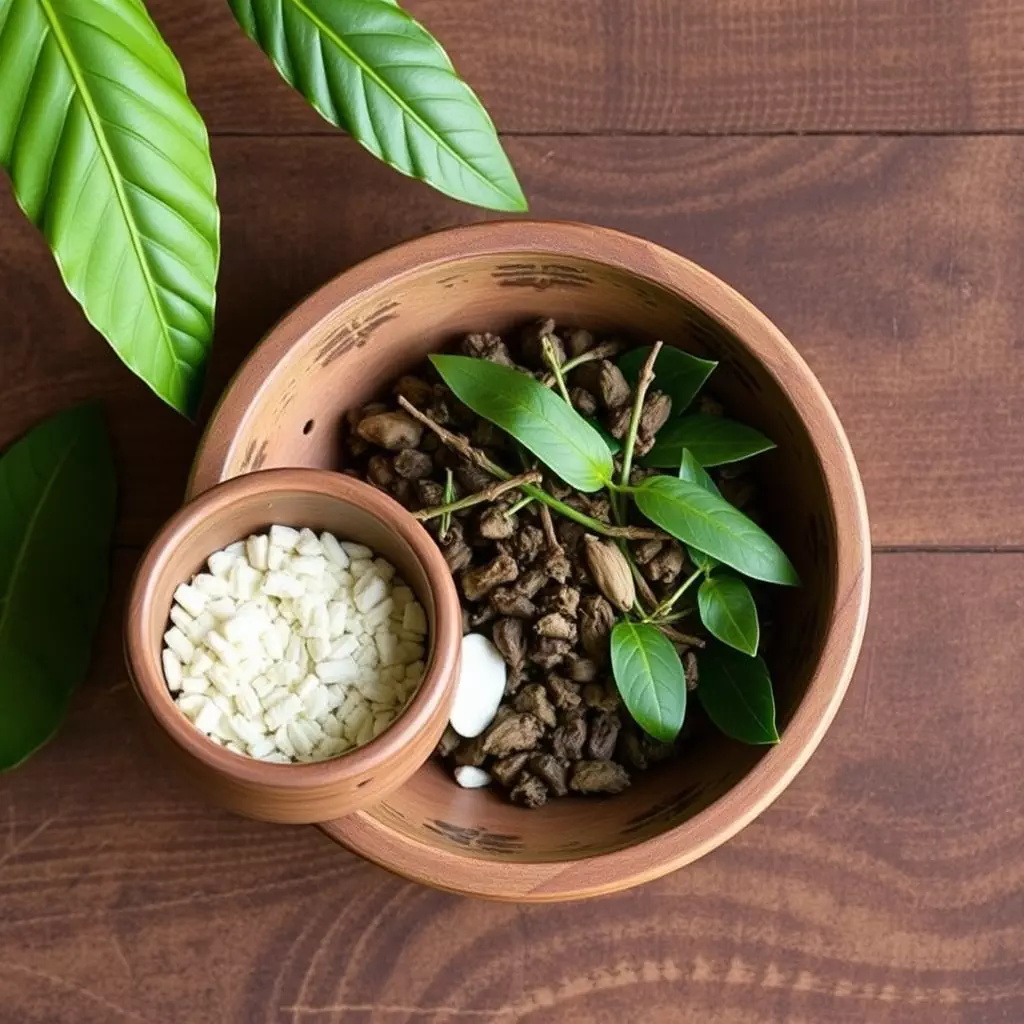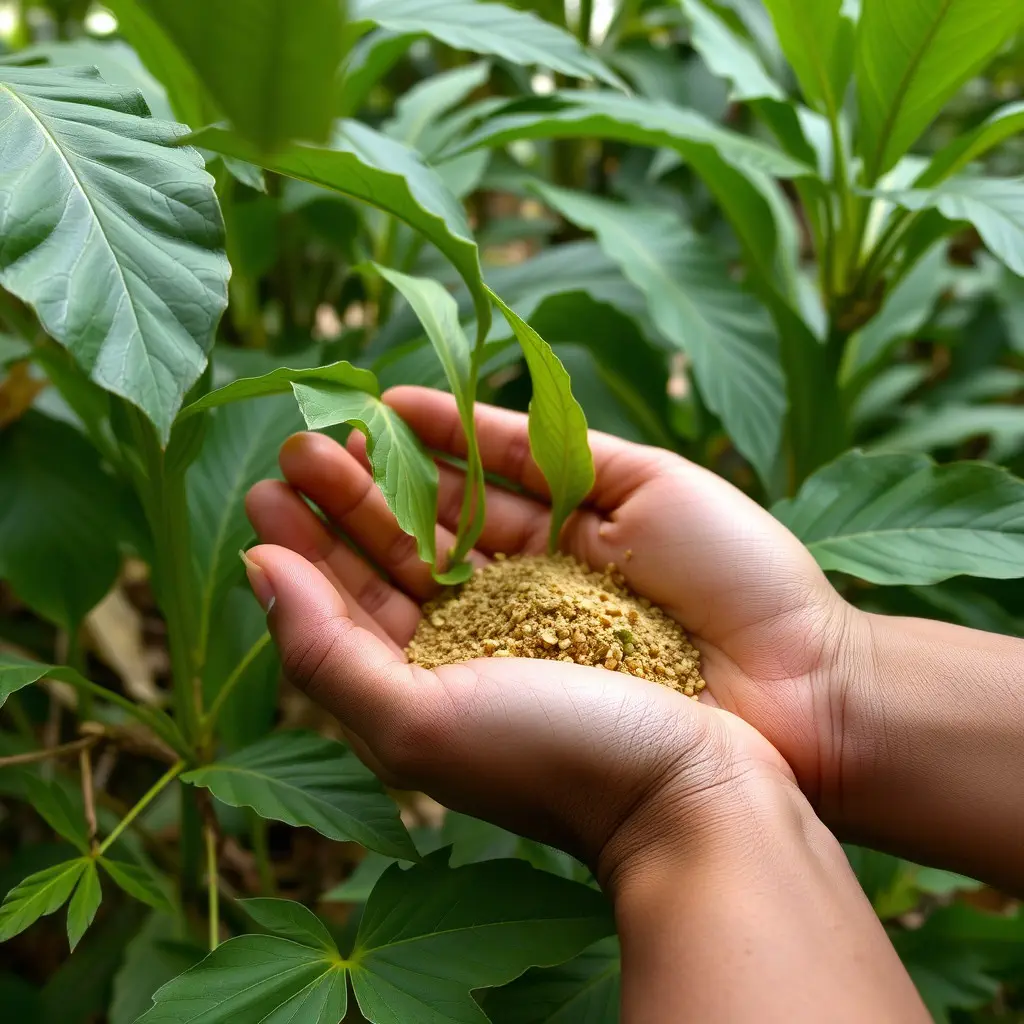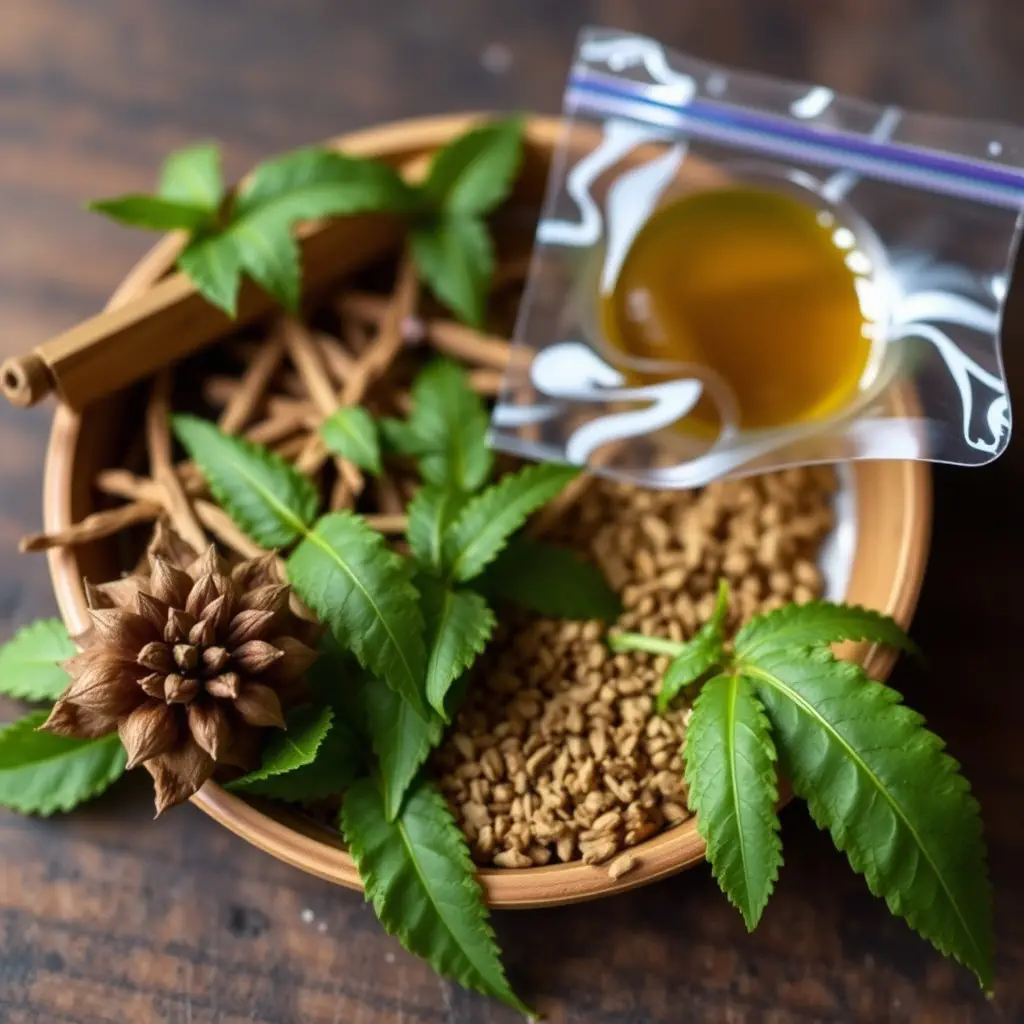Kratom-Fueled Post-Workout Recovery involves using kratom, particularly strains like Maeng Da and Bali, to alleviate muscle soreness and inflammation following intense exercise. Its potential benefits stem from the interaction of its active alkaloids, mitragynine and 7-hydroxymitragynine, with opioid receptors, aiding in pain management and relaxation. This can enhance recovery by reducing recovery time and minimizing tissue damage from training. It's crucial to use kratom responsibly, adhering to recommended dosages and consulting healthcare professionals due to individual responses. A comprehensive post-workout recovery strategy includes proper hydration, nutrition, rest, balanced exercise, and potentially kratom, all of which are vital for optimal athletic performance and resilience. Users should be aware of the legal status of kratom in their region and its potential for tolerance and dependence. Regular product testing for purity is advised to ensure safety and efficacy. Cycling use with breaks is recommended to maintain benefits and avoid side effects. Safety, dosage precision, and adherence to personal health considerations are key components of Kratom-Fueled Post-Workout Recovery.
Embarking on a fitness journey or intensifying your training regimen can lead to muscle fatigue and soreness, a natural response to physical exertion. To optimize recovery and support the body’s healing processes, kratom has emerged as a potential ally for athletes seeking a kratom-fueled post-workout recovery strategy. This article delves into how strategic supplementation with kratom can not only alleviate muscle soreness but also enhance athletic performance and promote quick healing. We’ll explore the science behind kratom’s effects, offer dosing and safety tips to integrate it effectively into your routine, and provide a comprehensive guide for leveraging this botanical compound for peak recovery.
- Optimizing Muscle Soreness Relief: The Role of Kratom in Post-Workout Recovery
- Strategic Supplementation with Kratom for Enhanced Athletic Performance and Quick Healing
- Dosing and Safety Considerations When Integrating Kratom into Your Training Recovery Routine
Optimizing Muscle Soreness Relief: The Role of Kratom in Post-Workout Recovery

When engaging in rigorous exercise or intense training sessions, muscle soreness is often a byproduct that can impede recovery and overall performance. To mitigate this, incorporating kratom into a post-workout routine may offer significant relief for muscle soreness. Kratom-fuelled post-workout recovery has garnered attention within fitness communities due to its potential benefits. Specifically, certain strains of kratom, such as those containing alkaloids like mitragynine and 7-hydroxymitragynine, are believed to interact with the body’s opioid receptors, which can help in managing pain and promoting a state of relaxation conducive to recovery. This interaction may also aid in reducing inflammation and accelerating the healing process of strained or sore muscles. Additionally, kratom’s influence on mood regulation can be beneficial for individuals who experience psychological discomfort associated with muscle fatigue or injury. By supporting both physical and mental well-being, kratom can play a multifaceted role in optimizing post-workout recovery, enabling athletes and fitness enthusiasts to return to their training with improved resilience and reduced discomfort. However, it is crucial to approach the use of kratom with caution, adhering to recommended dosages and consulting healthcare professionals, as individual responses to kratom can vary. Proper hydration, nutrition, and rest in conjunction with a balanced exercise regimen are also essential components of a comprehensive recovery strategy.
Strategic Supplementation with Kratom for Enhanced Athletic Performance and Quick Healing

Integrating kratom into a strategic supplementation regimen can significantly contribute to enhanced athletic performance and expedited healing processes. Kratom-Fueled Post-Workout Recovery is a pivotal aspect of this approach, as it harnesses the alkaloid content of kratom, particularly mitragynine and 7-hydroxymitragynine, to modulate pain, reduce fatigue, and stimulate muscle recovery. Athletes often experience muscle soreness and inflammation following intense training sessions; kratom strains like Maeng Da and Bali are known for their potential to alleviate such discomfort, allowing for a more comfortable and effective post-workout recovery period. Moreover, the anti-inflammatory properties of kratom may aid in reducing the swelling and damage caused by strenuous activities, thus facilitating a quicker return to training. It’s important for individuals to understand that while kratom can be a valuable tool in recovery, it should be used responsibly and as part of a holistic training and nutrition program, ensuring the balance of its benefits without compromising health or performance standards. Proper dosing and consulting with healthcare professionals are crucial to personalize the use of kratom for individual needs and to avoid any negative interactions with other medications or supplements.
Dosing and Safety Considerations When Integrating Kratom into Your Training Recovery Routine

When incorporating kratom into a post-workout recovery regimen, it’s crucial to approach dosing with precision and safety as top priorities. Kratom-Fueled Post-Workout Recovery hinges on the correct strain and dosage to alleviate muscle soreness and enhance healing processes. The alkaloids present in kratom leaves, particularly mitragynine and 7-hydroxymitragynine, are believed to contribute to these effects. To ensure a safe and effective recovery, athletes and trainers should start with a low dose and monitor their body’s response. Typically, a moderate dosage of kratom can be beneficial for post-workout recovery; however, individual sensitivities dictate that this amount may vary. It’s essential to adhere to one’s own tolerance levels and consult with a healthcare provider before integrating kratom into any routine, as it can interact with other substances and medications.
Safety considerations are paramount when using kratom. Users should be aware of the legal status of kratom in their jurisdiction, as its legality varies by region. Additionally, because kratom affects different individuals differently, it’s important to understand how one’s body processes this substance. Factors such as weight, metabolism, and overall health can influence how kratom will affect muscle recovery. Regular users should be cautious of developing a tolerance or dependence, which may necessitate adjustments in dosage or frequency of use. To maintain the integrity of one’s training program and avoid potential negative side effects, it’s advisable to cycle kratom use, taking breaks to allow the body to reset. Regular testing of kratom products for purity and alkaloid content is also recommended to ensure consistent benefits for recovery without adulterants or contaminants that could compromise health.
Incorporating kratom into a post-workout recovery regimen can be a powerful approach for athletes and fitness enthusiasts seeking to optimize muscle soreness relief and enhance overall performance. This article has delved into the nuances of strategic supplementation with kratom, providing insights into how it can be safely integrated into training routines for expedited healing. By understanding the appropriate dosing and safety measures, individuals can harness the potential benefits of kratom-fueled post-workout recovery, leading to improved athletic capabilities and a more efficient recovery process. As with any supplement, it is imperative to approach its use with caution and adherence to guidelines provided by health professionals. With responsible application, kratom can be a valuable tool in the athlete’s arsenal for maintaining peak physical condition.






